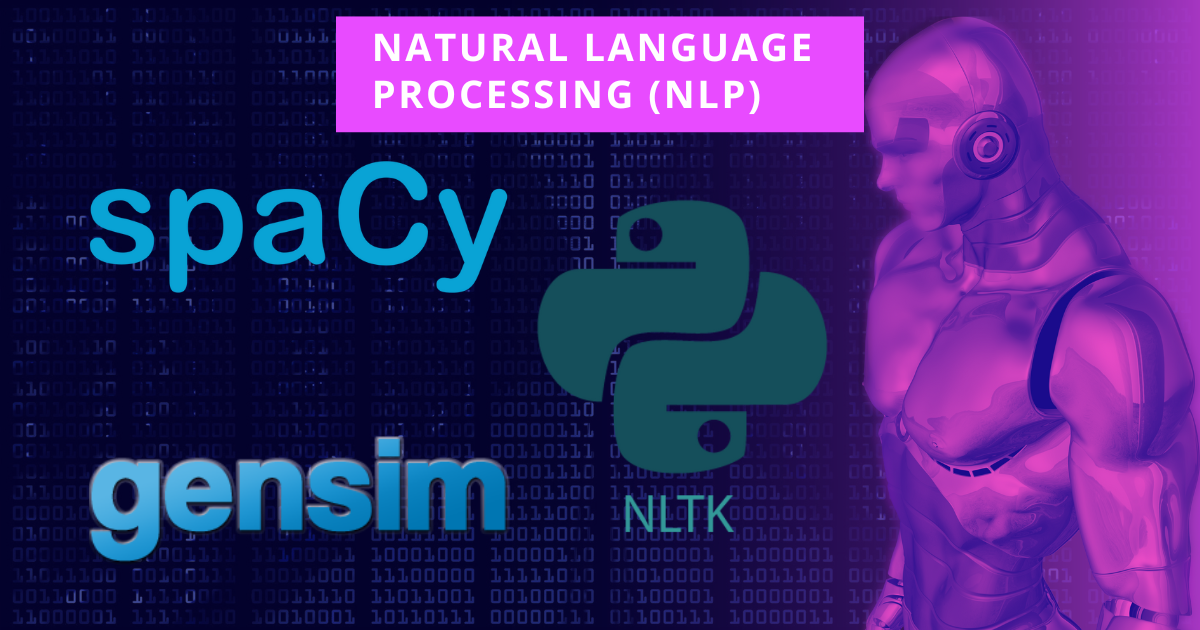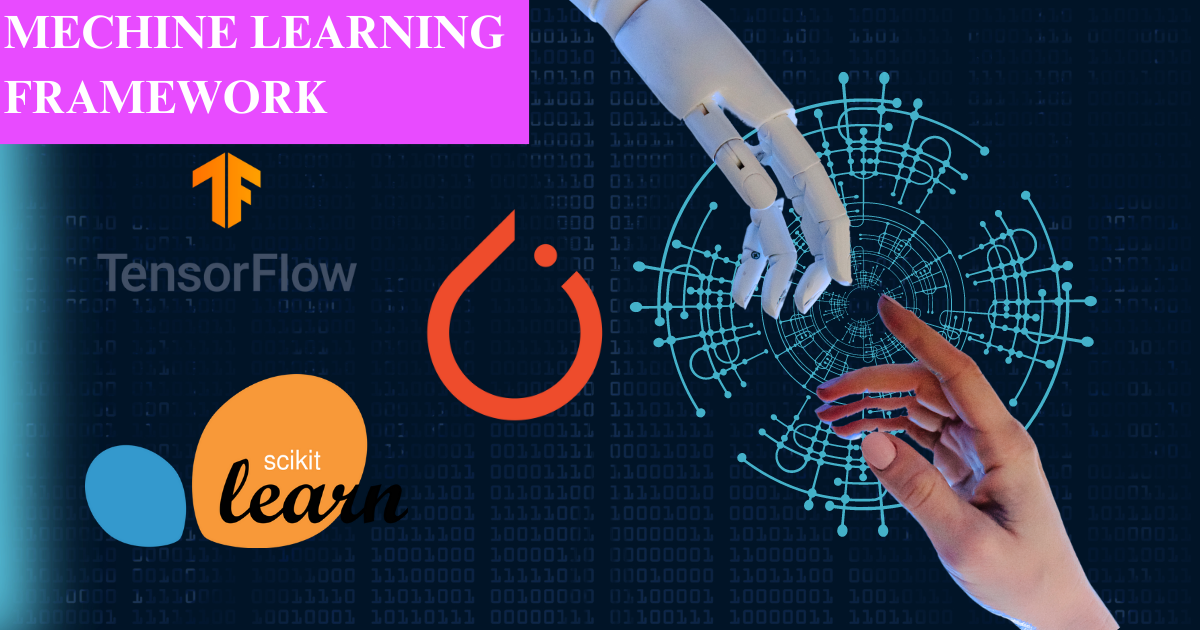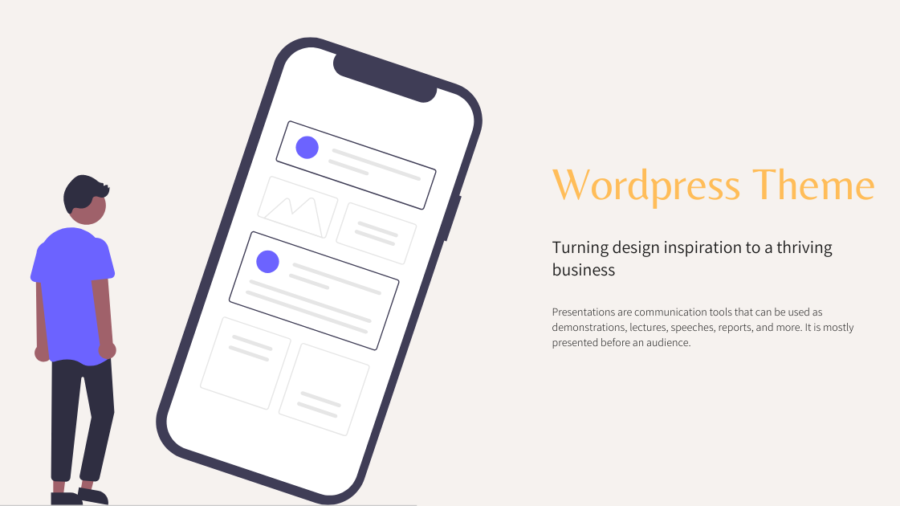Artificial Intelligence (AI) has emerged as a transformative technology, revolutionizing various industries and reshaping the way we work, communicate, and live. With advancements in machine learning, natural language processing, and computer vision, AI tools have become indispensable for businesses and individuals seeking to harness the power of intelligent automation and data-driven insights. In this blog post, we will explore some of the best AI tools available in the market today, highlighting their unique features and applications across diverse domains.
Natural Language Processing (NLP) Artificial Intelligence Tools:
NLP tools enable computers to understand and process human language, facilitating interactions between machines and humans. Popular NLP tools like SpaCy, NLTK (Natural Language Toolkit), and Gensim offer capabilities such as sentiment analysis, named entity recognition, text classification, and language translation. These tools find applications in chatbots, virtual assistants, content analysis, and customer feedback analysis, among others.
By utilizing NLP, machines can perform language-related tasks such as understanding user queries, generating human-like responses, extracting insights from text documents, automating language translation, and enhancing natural language interfaces like chatbots and virtual assistants. NLP has a wide range of applications across industries, including customer support, content analysis, market research, healthcare, finance, and more.

The field of NLP continues to evolve rapidly, driven by advancements in AI, machine learning models, and the availability of large-scale language datasets. With ongoing research and development, NLP holds the potential to further enhance human-computer interaction, improve language understanding, and enable machines to communicate and process natural language more effectively.
Machine Learning Frameworks:
Machine learning frameworks provide developers with the necessary tools and libraries to build and deploy AI models efficiently. Widely adopted frameworks like TensorFlow, PyTorch, and scikit-learn offer a range of functionalities, including neural network architectures, model training, and evaluation techniques. These frameworks enable the development of various AI applications, such as image recognition, recommendation systems, and predictive analytics.

Machine Learning frameworks empower developers to leverage sophisticated algorithms and models, such as neural networks, decision trees, support vector machines, and ensemble methods. They offer flexibility in terms of programming languages, allowing developers to use Python, R, or other languages for model development.
By utilizing Machine Learning frameworks, developers can efficiently train models on large datasets, handle complex data structures, optimize model performance, and deploy models in various environments, including on-premises and cloud-based systems. These frameworks have played a crucial role in democratizing access to machine learning and enabling the development of innovative applications in fields like image recognition, natural language processing, recommendation systems, and autonomous vehicles.
Computer Vision Libraries:
Computer vision libraries enable machines to analyze and interpret visual data, opening doors to applications in fields like healthcare, autonomous vehicles, and surveillance systems. Powerful computer vision tools like OpenCV (Open Source Computer Vision Library) and Microsoft’s Cognitive Services provide functionalities such as image and video processing, object detection, facial recognition, and gesture recognition.
Popular computer vision libraries include OpenCV (Open Source Computer Vision Library), TensorFlow, PyTorch, and Microsoft’s Cognitive Services. These libraries support various programming languages like Python, C++, and Java, making it accessible to a wide range of developers.
By utilizing computer vision libraries, developers can leverage state-of-the-art algorithms and models to analyze images or videos, detect objects or faces, recognize patterns, and perform image-based search or classification. These libraries often provide APIs and tools for building applications like autonomous vehicles, surveillance systems, augmented reality, medical imaging, and robotics.
Computer vision libraries also offer features for camera calibration, 3D reconstruction, camera pose estimation, and point cloud processing. They enable developers to work with different image formats, handle real-time processing, and integrate computer vision capabilities into their applications seamlessly.
Chatbot Development Platforms:
Chatbots have become ubiquitous in customer service, marketing, and support functions. Chatbot development platforms like Dialogflow, IBM Watson Assistant, and Microsoft Bot Framework simplify the creation of conversational AI agents. These platforms offer natural language understanding, dialogue management, and integration capabilities, empowering businesses to automate interactions and enhance customer experiences.
Chatbot development platforms typically offer intuitive interfaces, visual flow builders, and natural language processing capabilities that allow developers to define conversational flows and responses. They provide tools to handle user input, understand intents, and generate appropriate responses based on predefined rules or machine learning models.
Popular chatbot development platforms include Dialogflow, IBM Watson Assistant, Microsoft Bot Framework, and Amazon Lex. These platforms support multiple messaging channels such as websites, messaging apps, voice assistants, and social media platforms, allowing chatbots to reach users through their preferred communication channels.
Chatbot development platforms often provide features like entity extraction, sentiment analysis, context management, and integration with external services or APIs. They offer customization options for branding, persona creation, and voice or language preferences, allowing developers to create chatbots that align with their specific requirements.
These platforms also offer analytics and reporting capabilities to track chatbot performance, user interactions, and conversation metrics. They enable developers to continuously improve the chatbot’s effectiveness by analyzing user feedback and refining the conversational experience.
By utilizing chatbot development platforms, developers can leverage pre-built components, natural language understanding capabilities, and deployment options to create chatbot applications more efficiently. These platforms democratize chatbot development, enabling individuals and businesses with varying levels of technical expertise to build conversational agents that can automate customer support, provide information, offer personalized recommendations, and enhance user engagement.
Data Analytics and Visualization Tools:
AI-driven data analytics and visualization tools empower businesses to extract meaningful insights from vast amounts of data. Tools like Tableau, Power BI, and Google Data Studio enable users to explore and visualize data, create interactive dashboards, and perform advanced analytics. These tools play a crucial role in data-driven decision-making, predictive modeling, and business intelligence applications.
Data analytics and visualization tools often offer capabilities for data cleansing, transformation, and aggregation. They allow users to apply statistical analysis, data mining techniques, and machine learning algorithms to uncover patterns, trends, and relationships within the data. These tools empower users to explore data from multiple angles, identify outliers, and discover actionable insights.
Data visualization is a key component of these tools, allowing users to create charts, graphs, dashboards, and interactive visualizations to represent data visually. Visualization options include bar charts, line charts, scatter plots, heatmaps, treemaps, and more. Users can customize visualizations, apply filters, and drill down into specific data subsets to gain deeper insights.
These tools also offer features for data storytelling and collaboration, allowing users to present their findings, share dashboards, and collaborate with team members. They often provide real-time data updates and support for scheduled reports and alerts.
Data analytics and visualization tools have a wide range of applications across industries, including business intelligence, marketing, finance, healthcare, and academia. They help users identify patterns, trends, and anomalies in data, make data-driven decisions, and communicate insights effectively to stakeholders.
Automated Machine Learning (AutoML) Platforms:
AutoML platforms democratize AI by automating the process of building and deploying machine learning models. Platforms like H2O.ai, DataRobot, and Google Cloud AutoML simplify tasks like feature engineering, model selection, and hyperparameter tuning. These tools enable users with limited AI expertise to leverage machine learning for predictive analytics, fraud detection, and personalized recommendations.
AutoML platforms provide a user-friendly interface that guides users through the entire machine learning pipeline, from data preprocessing and feature engineering to model selection and hyperparameter tuning. They automate several labor-intensive tasks, such as feature selection, model architecture design, and model optimization, by leveraging advanced algorithms and techniques.
By automating these processes, AutoML platforms save significant time and effort for data scientists and machine learning engineers, allowing them to focus on higher-level tasks and problem-solving. They also help address the shortage of skilled data scientists by enabling domain experts to leverage machine learning techniques effectively.
These platforms typically offer a range of pre-built machine learning algorithms and models, along with built-in techniques for evaluation and validation. Additionally, they often provide automated model interpretation and explainability features, allowing users to gain insights into how the models make predictions.
AutoML platforms also assist in model deployment, providing easy-to-use interfaces for deploying models to various environments, such as cloud platforms or edge devices. This enables the seamless integration of machine learning models into real-world applications and systems.
Speech Recognition and Synthesis Systems:
Speech recognition and synthesis systems facilitate voice-based interactions between humans and machines. Widely used tools like Google Cloud Speech-to-Text, Amazon Transcribe, and Microsoft Azure Speech Services convert spoken language into written text, enabling voice commands, transcription services, and voice assistants. These tools find applications in call centers, transcription services, and voice-enabled applications.
Speech recognition and synthesis systems find application in a wide range of domains. In the consumer space, they power virtual assistants, voice-controlled smart devices, and hands-free communication systems. In healthcare, they facilitate speech-to-text transcription for medical professionals and assistive technologies for individuals with speech impairments. They also play a crucial role in call centers, transcription services, language translation, and voice-controlled navigation systems.
Advancements in deep learning, neural networks, and natural language processing have significantly improved the accuracy and naturalness of speech recognition and synthesis systems. However, challenges such as handling background noise, different accents, and contextual understanding still exist and continue to be areas of active research.
Conclusion:
The market offers a vast array of AI tools that empower individuals and businesses to leverage the power of artificial intelligence. From natural language processing and machine learning frameworks to computer vision libraries and chatbot development platforms, these tools revolutionize industries, enhance productivity, and deliver personalized experiences. By harnessing the capabilities of these best-in-class AI tools, businesses can stay ahead of the curve, make informed decisions, and unlock the full potential of AI in their respective domains.




